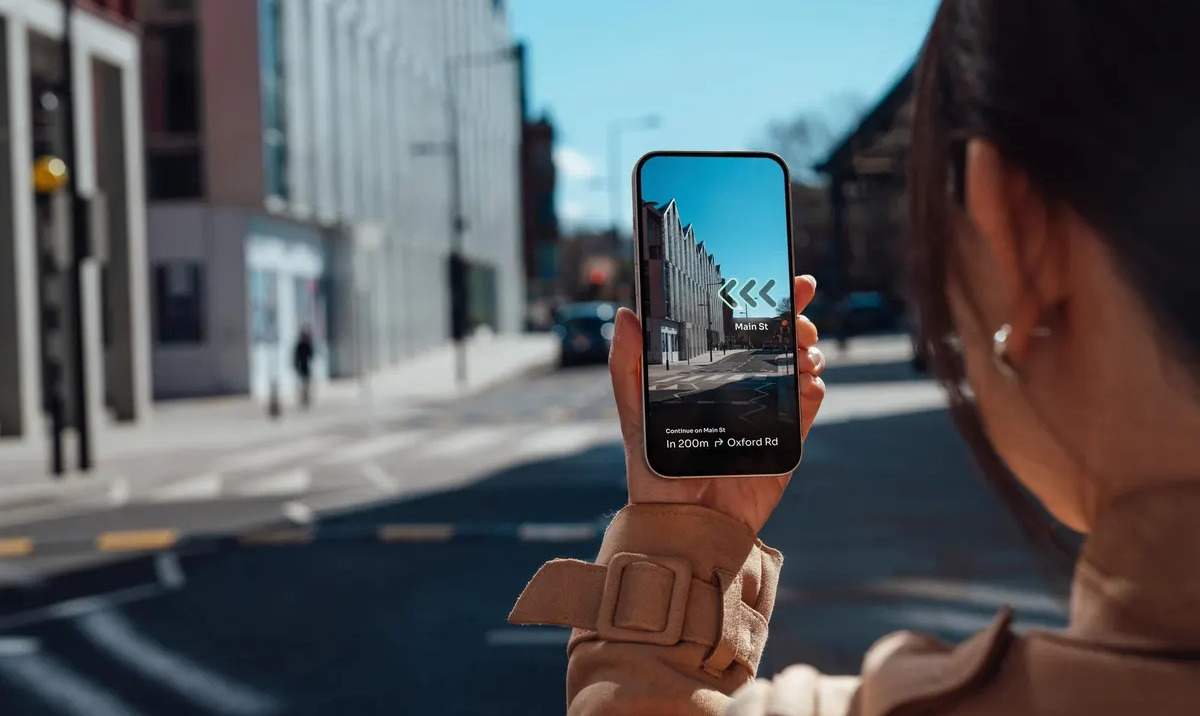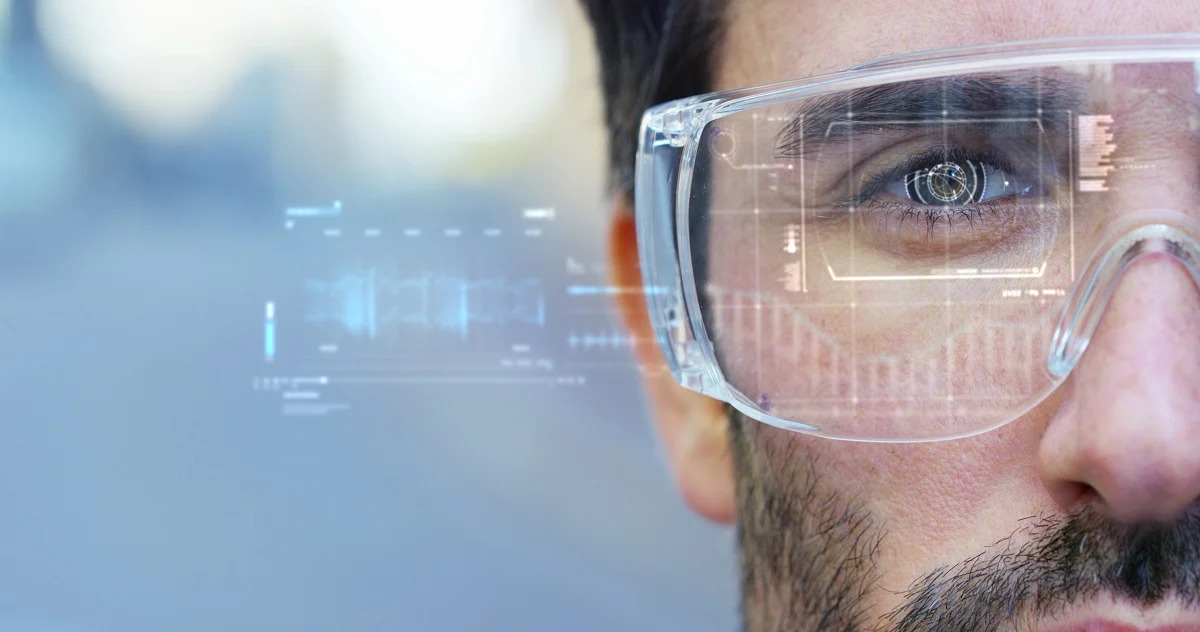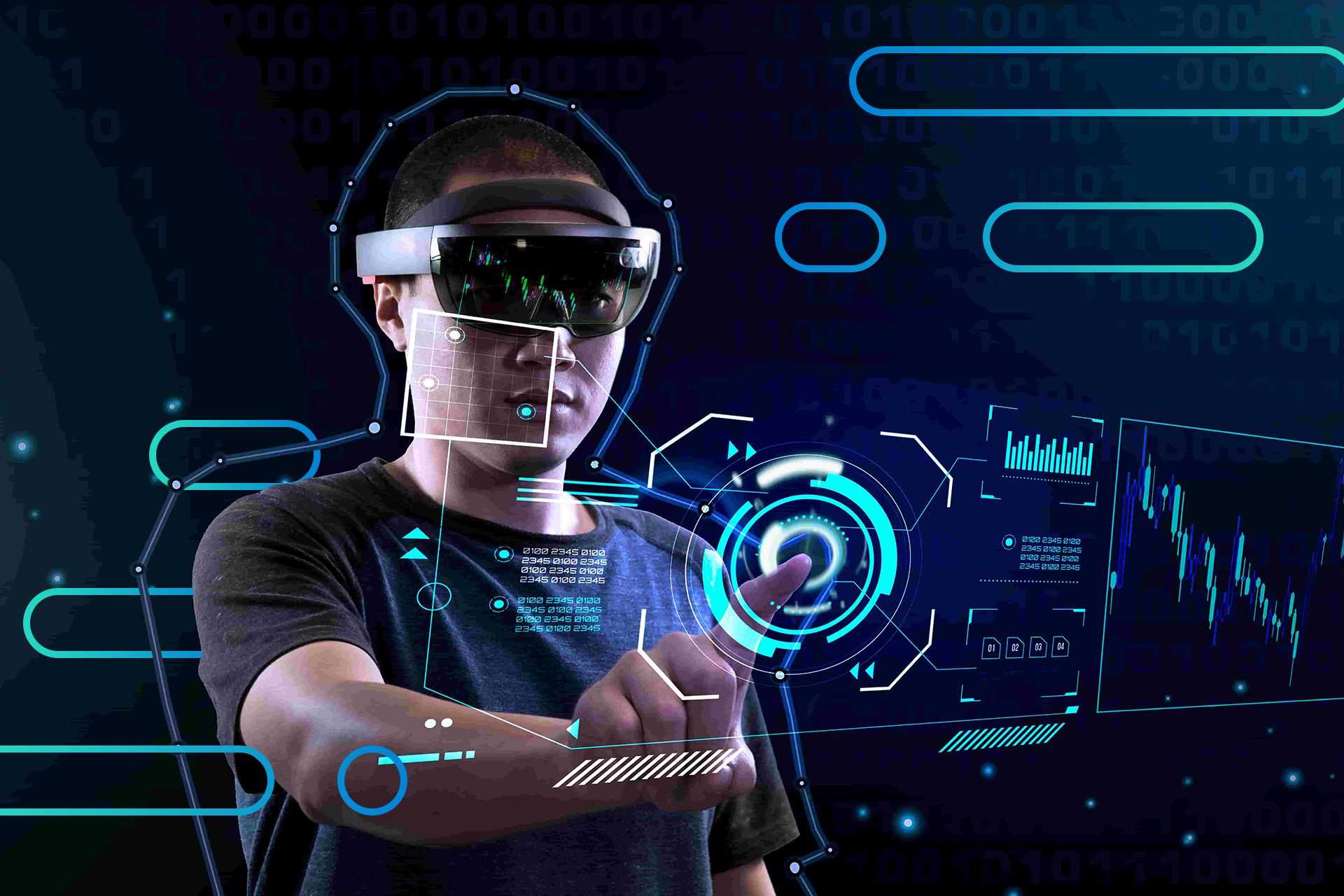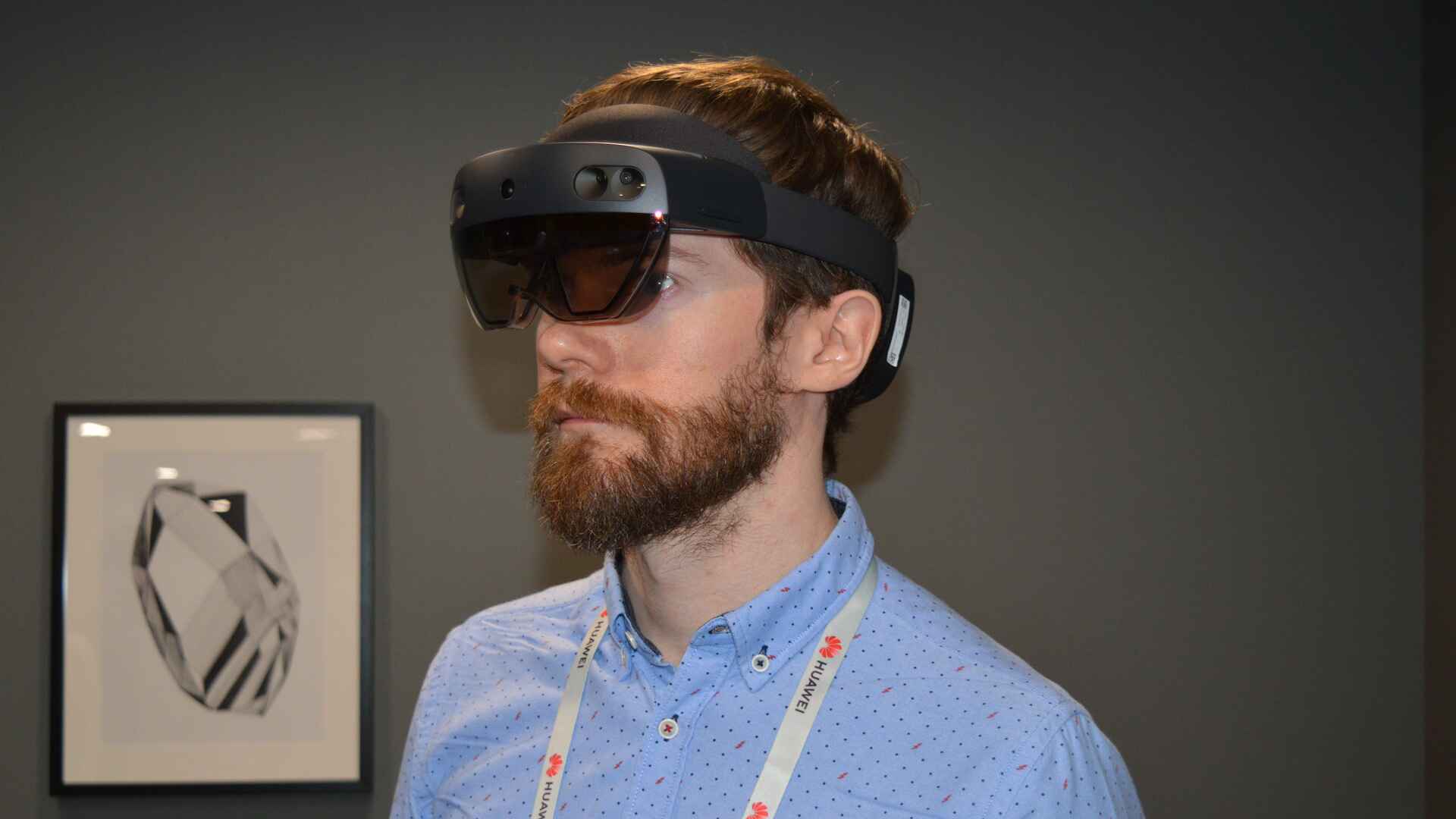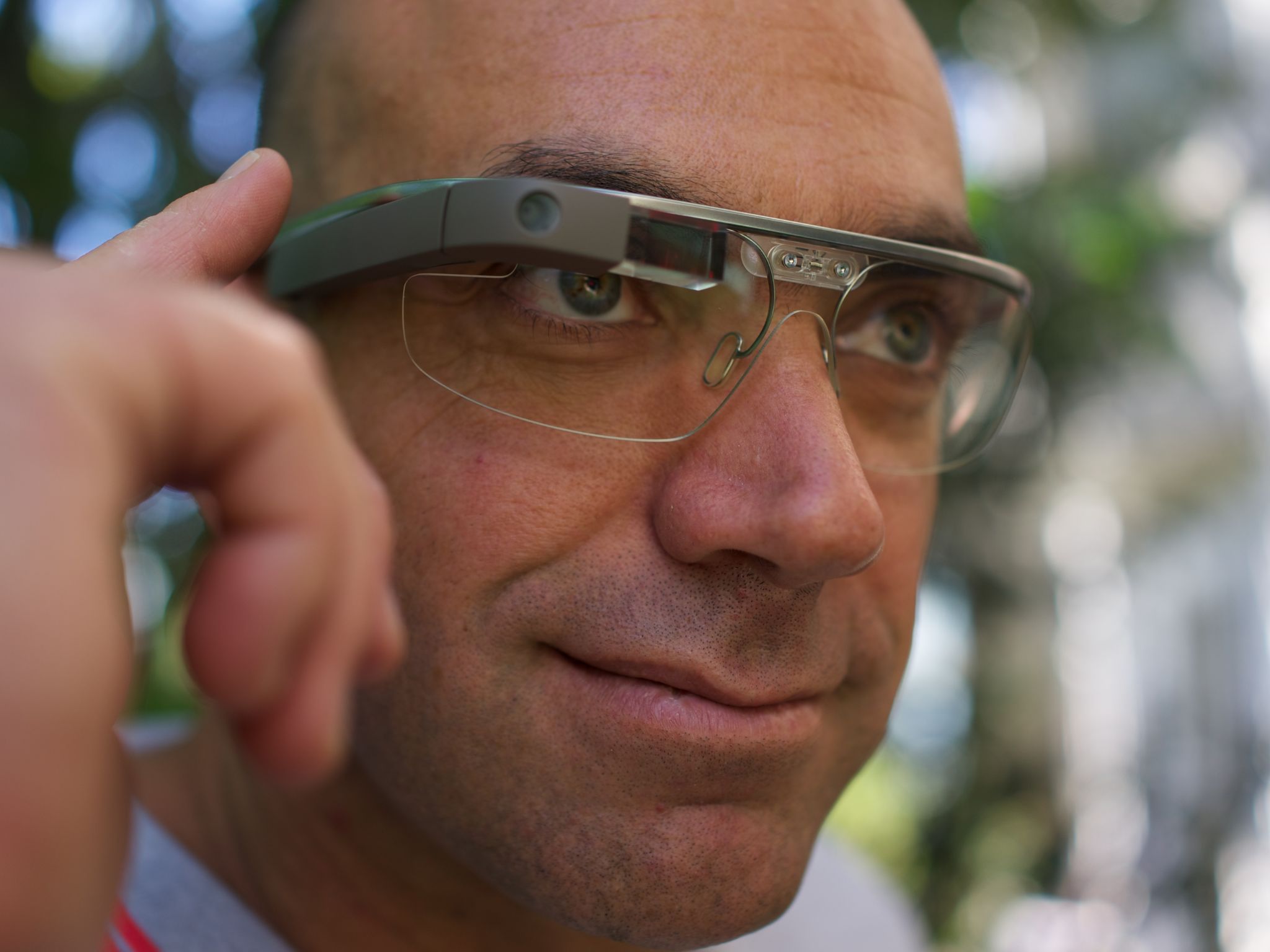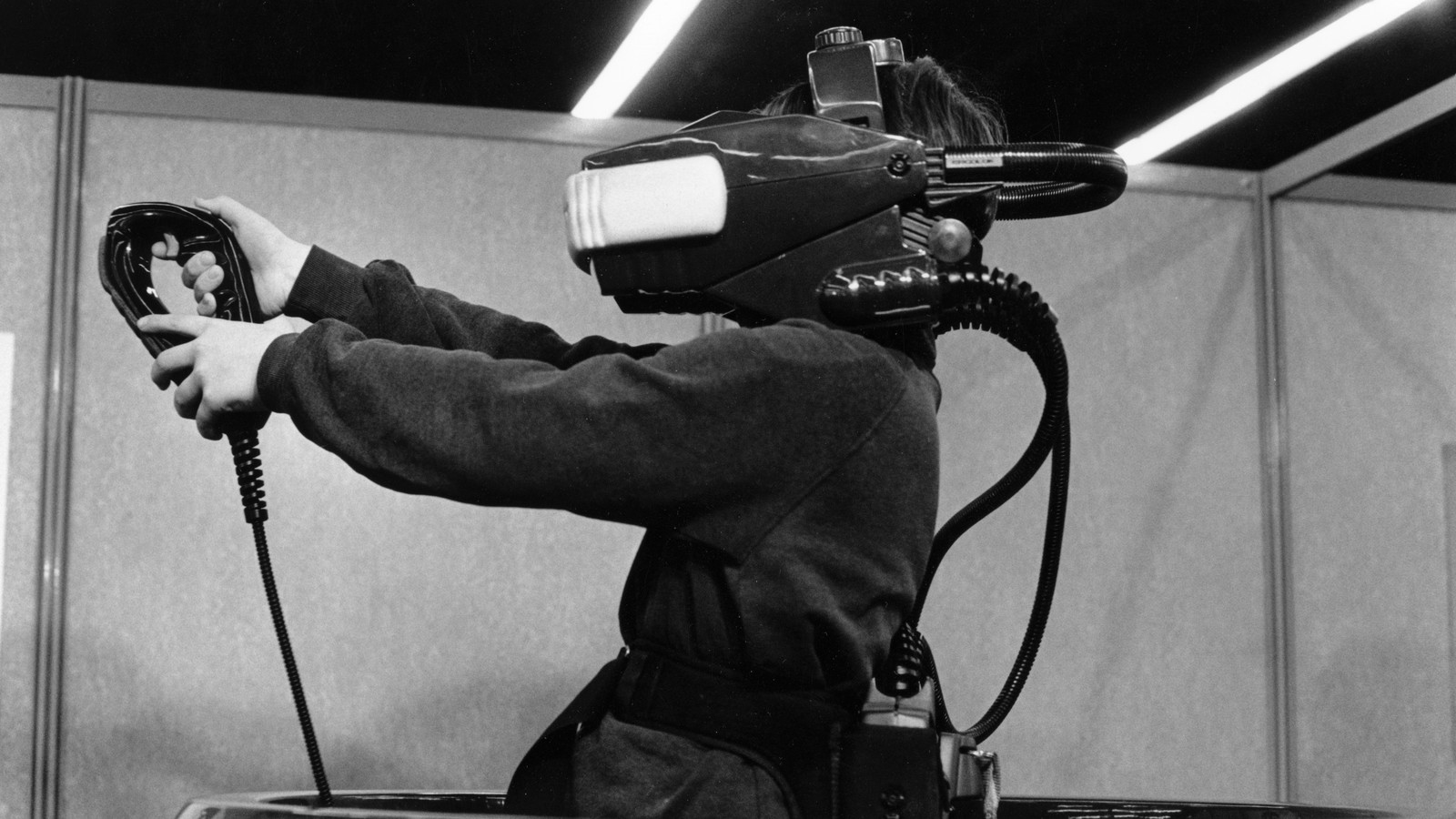What is Augmented Reality?
Augmented Reality (AR) is a technology that overlays computer-generated elements, such as images, videos, or 3D models, onto the real-world environment, enhancing the user’s perception and interaction with the surroundings. Unlike Virtual Reality (VR), which creates a completely immersive digital environment, AR blends the physical and virtual worlds.
AR achieves this by using various technologies, including computer vision, object recognition, and spatial mapping. By using a device equipped with AR capabilities, such as a smartphone or smart glasses, users can experience AR in real-time, superimposing digital information onto what they see in the real world.
The process of generating AR involves the device’s camera capturing the user’s view of the real world and then analyzing and augmenting it with virtual elements. This can range from simple overlays, like text or images, to more complex interactions, such as virtual objects that can be manipulated and moved around in the physical space.
One of the key concepts in AR is tracking, which allows the system to understand and align virtual content with the real world. This can be done through marker-based tracking, where physical markers or images act as reference points for the AR system, or markerless tracking, which relies on advanced algorithms and sensor data to track the user’s position and orientation.
Augmented Reality has gained popularity in various fields, including gaming, entertainment, education, marketing, and industrial applications. It has the potential to revolutionize how we interact with technology by bridging the gap between the digital and physical domains.
AR can provide users with rich and immersive experiences, enabling them to visualize and interact with virtual content in real-world contexts. For example, in gaming applications, players can see virtual characters and objects integrated into their real environment, creating a more engaging and interactive gameplay experience.
Moreover, AR has found practical applications in industries such as architecture and design, where professionals can overlay virtual models onto physical spaces to visualize and plan construction projects. It can also be used for training purposes, simulating real-world scenarios and allowing users to practice skills in a safe and controlled environment.
In summary, Augmented Reality is a technology that seamlessly merges digital content with the real world, enhancing our perception and interaction with the environment. It offers numerous possibilities across various industries and has the potential to transform how we experience and engage with technology in our everyday lives.
How does Augmented Reality work?
Augmented Reality (AR) technology combines computer-generated content with the real-world environment, creating an immersive and interactive user experience. The process of how AR works involves several key components and techniques:
1. Sensing and perception: AR devices, such as smartphones, tablets, or smart glasses, use various sensors, such as cameras, accelerometers, and gyroscopes, to capture and understand the user’s real-world environment. These sensors collect data on the user’s position, orientation, and interaction with the surroundings.
2. Computer vision: Computer vision algorithms analyze the data captured by the sensors to recognize and understand the objects and features in the real world. This involves tasks such as object recognition, tracking, and spatial mapping.
3. Content creation and rendering: Once the AR system has identified the user’s real-world environment, it generates computer-generated content, such as images, videos, or 3D models, to augment the user’s perception. This content is rendered and overlaid onto the real-world view in real-time.
4. Registration and alignment: To ensure that the virtual content aligns properly with the real world, the AR system needs to register and align the computer-generated content with the user’s view. This can be achieved through marker-based tracking, where physical markers or images act as reference points, or through markerless tracking, which relies on advanced algorithms and sensor data.
5. Display and interaction: The AR system presents the augmented view to the user through the display of the AR device, whether it’s a phone screen or smart glasses. Users can interact with the augmented content through touch gestures, voice commands, or hand tracking, depending on the capabilities of the AR device.
Through these steps, Augmented Reality creates a seamless integration of virtual and real-world elements, allowing users to experience and interact with digital content in their physical surroundings.
It’s important to note that the level of immersion and interactivity in AR can vary depending on the capabilities of the device and the sophistication of the AR software. Some AR experiences may be limited to simple overlays, while others can offer more complex interactions, such as object manipulation or spatial understanding.
As AR technology continues to evolve, advancements in hardware and software are improving the performance and user experience of AR devices. This enables more sophisticated and immersive AR applications across various industries, from entertainment and gaming to healthcare and education.
In summary, Augmented Reality works by combining sensing, computer vision, content creation, and rendering techniques to overlay virtual content onto the real world. This allows users to perceive and interact with virtual elements in their physical environment, creating a unique and engaging user experience.
Types of Augmented Reality
Augmented Reality (AR) can be categorized into different types based on the level of immersion and the user’s interaction with the digital content. Understanding the various types of AR can help us grasp the range of experiences it offers. Here are three main types of AR:
1. Marker-based AR: In this type of AR, physical markers or images act as reference points for the AR system to overlay virtual content. These markers are pre-defined patterns that the AR device can recognize and track. When the device’s camera detects a marker, it generates and superimposes virtual content onto it. This type of AR is widely used in advertising, gaming, and educational applications.
2. Markerless AR: Also known as location-based AR or position-based AR, markerless AR does not rely on physical markers. Instead, it uses GPS, sensors, and computer vision algorithms to determine the user’s location and align virtual content with the real world. Markerless AR allows for a more seamless integration of virtual elements into the user’s environment. It is commonly used in navigation apps, tourism, and outdoor gaming.
3. Projection-based AR: This type of AR involves projecting virtual content onto real objects or surfaces, creating the illusion of augmented reality. Projectors are used to display the digital content onto physical surfaces like walls, tables, or floors. Users can interact with the projected content through gestures or touch. Projection-based AR is often used in interactive exhibitions, product demonstrations, and immersive installations.
Each type of AR offers unique features and has its strengths and limitations. Marker-based AR is highly accurate and reliable but requires specific markers to work. Markerless AR provides more freedom and flexibility as it does not rely on physical markers, but it may be less precise in tracking objects. Projection-based AR creates impressive visual effects but typically requires controlled environments and specialized equipment.
It’s also worth mentioning that there are other variations and combinations of these types, such as handheld AR, which uses smartphones or tablets to overlay virtual content onto the real-world view. Additionally, immersive AR experiences can be achieved through wearable devices like smart glasses, which provide a more seamless and hands-free interaction with the augmented content.
As technology advances, we can expect to see further developments and refinements in the types of Augmented Reality, offering more enhanced and immersive user experiences. The choice of which type to use depends on the specific application, the desired level of interactivity, and the available hardware and software resources.
In summary, there are various types of Augmented Reality, including marker-based, markerless, and projection-based AR. Each type offers distinct features and can be applied in different contexts to create engaging and interactive experiences for users.
Applications of Augmented Reality
Augmented Reality (AR) has a wide range of applications across various industries, transforming the way we interact with technology and enhancing our daily lives. Here are some major areas where AR is being utilized:
1. Gaming and Entertainment: AR has revolutionized the gaming industry by introducing immersive and interactive experiences. Games like Pokémon Go and Harry Potter: Wizards Unite utilize AR technology to superimpose virtual characters and objects onto the real-world environment, making gameplay engaging and realistic. AR is also used in entertainment venues and theme parks to provide augmented experiences during live shows and attractions.
2. Education and Training: AR is transforming the way we learn and acquire new skills. It allows educators to create interactive and engaging learning materials by overlaying virtual content onto textbooks or physical objects. AR can provide visualizations and simulations, enabling students to understand complex concepts in a more practical and immersive manner. In professional training, AR is used to simulate real-world scenarios, allowing learners to practice skills in a safe and controlled environment.
3. Architecture and Design: AR is increasingly being used in architecture and design industries for visualization and planning. Architects and designers can overlay virtual models onto physical spaces, enabling clients to visualize how a building or interior design will look in real life. AR can facilitate collaboration and communication between designers and clients, streamlining the design process and reducing errors.
4. Healthcare: AR has diverse applications in the healthcare industry. Surgeons can use AR to overlay medical imaging data, such as CT scans or MRI images, onto a patient’s body during surgery, providing real-time guidance and enhancing precision. AR can also assist in medical training, allowing medical students to practice procedures on virtual patients. In patient care, AR can be used for visualization, education, and rehabilitation purposes.
5. Retail and E-commerce: AR is transforming the retail experience by allowing customers to virtually try products before purchasing. Apparel retailers, for example, can enable customers to see how clothes would look on them using AR fitting rooms. Furniture retailers can use AR to superimpose virtual furniture into a customer’s space, helping them visualize the placement and aesthetics. AR enhances the online shopping experience, reducing returns, and increasing customer satisfaction.
6. Industrial Applications: AR has numerous applications in industries such as manufacturing, maintenance, and logistics. In manufacturing processes, AR can provide real-time instructions and visualizations to assembly line workers, reducing errors and improving efficiency. AR can also assist in equipment maintenance by overlaying repair instructions or highlighting problematic areas. In logistics, AR can optimize warehouse operations by providing real-time location information and inventory management.
These are just a few examples of how augmented reality is being applied in various fields. As AR technology develops further, we can expect to see even more innovative applications that enhance productivity, improve user experiences, and drive advancement in different industries.
In summary, Augmented Reality has diverse applications in gaming, education, architecture, healthcare, retail, and industrial sectors. AR is transforming the way we interact with technology, opening up endless possibilities for innovation and enhanced user experiences in various fields.
Advantages and Benefits of Augmented Reality
Augmented Reality (AR) offers numerous advantages and benefits that make it a powerful technology with wide-ranging applications. Here are some of the key advantages of AR:
1. Enhanced User Experience: AR enhances the user experience by blending virtual content seamlessly with the real world. Users can interact with digital information and objects in their physical environment, creating a more immersive and engaging experience. Whether it’s playing games, exploring educational content, or trying on products, AR makes the experience more interactive, enjoyable, and memorable.
2. Real-Time Information: AR provides real-time information and overlays it onto the user’s view of the physical world. This allows users to access and interact with relevant data instantaneously, whether it’s navigation instructions, product details, or contextual information. Real-time information delivery enhances decision-making, improves efficiency, and saves time for users across various industries.
3. Visualization and Spatial Understanding: AR enables users to visualize and understand complex information, data, and concepts in a more intuitive way. By superimposing virtual models, graphics, or simulations onto the real world, AR facilitates better spatial understanding and visualization. For example, architects and designers can see their creations in real-world environments, and medical professionals can view medical imaging data precisely aligned with the patient’s body, improving accuracy and decision-making.
4. Hands-Free Interaction: AR devices, such as smart glasses, enable hands-free interaction by overlaying virtual information directly in the user’s field of vision. This allows users to access information, perform tasks, and interact with digital content without the need for physical devices or manual input. Hands-free interaction enhances safety, convenience, and productivity in various industries, such as manufacturing, logistics, and healthcare.
5. Training and Skill Development: AR provides immersive and interactive training experiences that allow users to practice skills and scenarios in a safe and controlled environment. From medical procedures to industrial operations, AR can simulate real-world scenarios, providing realistic and hands-on training. This not only improves learning outcomes but also reduces risks associated with training on actual equipment or in challenging environments.
6. Increased Efficiency and Productivity: AR can enhance efficiency and productivity in various industries by providing real-time guidance, instructions, and visualizations. With AR, workers in manufacturing, maintenance, and logistics can access relevant information and instructions hands-free, reducing errors and improving workflow. AR also enables faster decision-making, allowing professionals to access and analyze data in real-time, enabling quicker problem-solving.
7. Improved Communication and Collaboration: AR facilitates better communication and collaboration by enabling users to share a common augmented view of the environment. Whether it’s remote collaboration between professionals or interactive collaborations between students and educators, AR can enhance communication and understanding by overlaying shared virtual content onto the real world. This leads to improved teamwork, knowledge sharing, and problem-solving.
These advantages and benefits of Augmented Reality contribute to its increasing popularity and adoption in various industries. As AR technology continues to evolve, we can expect even more innovative applications and experiences that harness the power of AR to transform how we perceive, interact with, and benefit from our physical and digital worlds.
Challenges and Limitations of Augmented Reality
While Augmented Reality (AR) offers numerous advantages and exciting possibilities, it also faces several challenges and limitations that need to be addressed for its widespread adoption and optimal use. Here are some of the main challenges and limitations of AR:
1. Hardware Limitations: The effectiveness and experience of AR heavily rely on the hardware used. Currently, many AR experiences require specialized devices like smartphones, tablets, or smart glasses, which can be expensive and not easily accessible to everyone. The performance and capabilities of these devices, such as processing power, battery life, and display quality, can also impact the overall AR experience.
2. User Interface and Interaction: AR interfaces need to be intuitive and user-friendly to ensure seamless interaction. However, designing natural and intuitive user interfaces for AR can be challenging. Developing intuitive gestures, voice commands, and other interaction methods that feel comfortable and efficient for users without overloading the AR experience requires meticulous design and testing.
3. Calibration and Alignment: Achieving accurate and stable alignment between virtual content and the real-world environment is crucial for a convincing AR experience. Calibration issues can arise due to lighting conditions, the presence of occlusions, or different devices’ capabilities. Ensuring consistent and precise calibration across different environments and devices can be a complex challenge that needs to be addressed for AR to be reliable and effective.
4. Privacy and Security: AR involves capturing and processing real-world data, which can raise concerns about privacy and security. The overlaying of virtual content and the potential for capturing and analyzing users’ real-world environments can raise privacy issues. Ensuring robust privacy measures, secure data transmission, and user control over the sharing of personal information are essential considerations in AR development and usage.
5. Integration with Existing Systems: Integrating AR into existing workflows and systems in industries like manufacturing, healthcare, or retail can present challenges. Compatibility with legacy systems, data integration, and training employees on new technologies can be complex and time-consuming. Ensuring smooth integration and minimal disruption to existing processes is crucial for successful adoption of AR in these industries.
6. Content Creation and Scalability: Developing high-quality AR content requires specialized skills and resources. Creating realistic, interactive, and engaging virtual content can be time-consuming and costly. Moreover, scaling AR experiences to reach a wider audience or adapt to diverse environments can be a challenge due to the need for customized content creation and optimization for different devices and platforms.
7. Ethical Considerations and Social Acceptance: AR has the potential to raise ethical concerns, such as augmented surveillance, privacy invasion, and the blurring of real-world and virtual boundaries. These considerations need to be addressed to ensure responsible and ethical use of AR technology. Additionally, social acceptance and adaptation to AR in public spaces may require time and efforts to overcome social norms, public trust, and accessibility concerns.
Overcoming these challenges and limitations requires continued research and development efforts, collaboration between various stakeholders, and user feedback. As AR technology advances and becomes more accessible, addressing these challenges will contribute to the successful and responsible deployment of AR across different industries and applications.
Future of Augmented Reality
The future of Augmented Reality (AR) is filled with exciting possibilities as the technology continues to advance and evolve. Here are some key areas where AR is expected to make significant contributions in the future:
1. Improved Hardware and Devices: As AR hardware becomes more accessible and affordable, we can expect to see continuous advancements in devices such as smart glasses, contact lenses, and lightweight headsets. These devices will offer enhanced features, improved resolution, wider field of view, longer battery life, and more comfortable form factors, making AR experiences more immersive and user-friendly.
2. Enhanced User Interactions and Interfaces: The future of AR will likely bring more intuitive and seamless user interactions. Gesture-based controls, voice commands, and haptic feedback will become more sophisticated, allowing users to interact naturally with virtual content. Advances in natural language processing and computer vision will further enhance the user interface, making AR experiences more intuitive and interactive.
3. Spatial Mapping and Persistent AR: Spatial mapping, the ability to understand and map the physical environment, will play a crucial role in the future of AR. With improved mapping capabilities, AR will allow for persistent overlays and interactions, where virtual content can be anchored and persistently linked to specific physical locations. This opens up possibilities for long-term AR experiences, such as leaving digital notes, navigating indoor spaces, or visualizing historical changes in a location.
4. 5G Connectivity: The rollout of 5G networks will significantly enhance AR experiences by providing faster and more stable connectivity. This will enable real-time streaming and processing of high-quality AR content from the cloud, reducing latency and enabling more immersive and responsive AR applications. 5G connectivity will also support multiplayer AR experiences, fostering collaboration and interaction between users in real-time.
5. Augmented Workforce: AR will transform various industries by creating an augmented workforce. For example, in manufacturing, AR can provide real-time guidance, overlay virtual instructions, and enable remote collaboration, improving efficiency and reducing errors. Similarly, in healthcare, AR can assist doctors during surgeries, provide on-the-spot information, or enable telemedicine consultations. AR will become an integral part of workflows, improving productivity and enhancing professionals’ capabilities.
6. AR in Everyday Life: As AR technology becomes more seamless and ubiquitous, it is likely to integrate into our daily lives. AR applications in navigation, social media, entertainment, and retail will become more prevalent, offering personalized and context-aware information. AR will enhance our daily experiences by seamlessly blending digital information and virtual content into our physical surroundings, making tasks more convenient and engaging.
7. AR in Education and Training: AR will continue to revolutionize education and training by providing immersive and interactive learning experiences. Students will be able to explore historical events, dive into virtual science experiments, or interact with realistic simulations that facilitate a deeper understanding of complex concepts. In professional training, AR will enable hands-on practice and simulations, helping individuals acquire and refine skills in various industries.
The future of Augmented Reality is bright, promising countless innovative applications and experiences that will transform the way we live, work, and learn. By overcoming the current challenges and embracing emerging technologies, AR will become an integral part of our everyday lives, adding a new dimension to how we perceive and interact with the world around us.
Conclusion
Augmented Reality (AR) has emerged as a powerful technology that bridges the gap between the virtual and physical worlds, offering exciting possibilities across various industries. AR enhances user experiences by overlaying digital content onto the real world, enabling immersive and interactive interactions. From gaming and entertainment to education, healthcare, and retail, AR is transforming how we learn, work, and engage with technology.
While there are still challenges to overcome, such as hardware limitations, user interface design, and privacy concerns, the future of AR looks promising. Advances in hardware, including smart glasses and lightweight headsets, will enhance the immersion and comfort of AR experiences. Ongoing research and development efforts will address these challenges and drive the evolution of AR technology.
The future holds exciting developments, such as improved spatial mapping, persistent AR, and seamless user interactions. With the rollout of 5G networks, AR will benefit from faster and more stable connectivity, enabling real-time streaming and responsive applications. AR will become an integral part of industries, transforming workflows and enhancing productivity.
Moreover, AR will become more integrated into our daily lives, with applications in navigation, social media, retail, and entertainment becoming more prevalent. Education and training will embrace AR as a powerful tool for immersive and interactive learning experiences. AR will continue to evolve and enhance our understanding, interactions, and experiences in the world around us.
As technology evolves and the potential of AR is fully realized, it is important to balance innovation with ethical considerations and privacy concerns. Responsible development and utilization of AR will ensure its positive impact and benefit a wide range of users.
In conclusion, Augmented Reality holds immense potential to transform industries, improve user experiences, and revolutionize how we interact with technology. As we embrace the advancements and address the challenges, AR will continue to shape the future and enhance our everyday lives.







